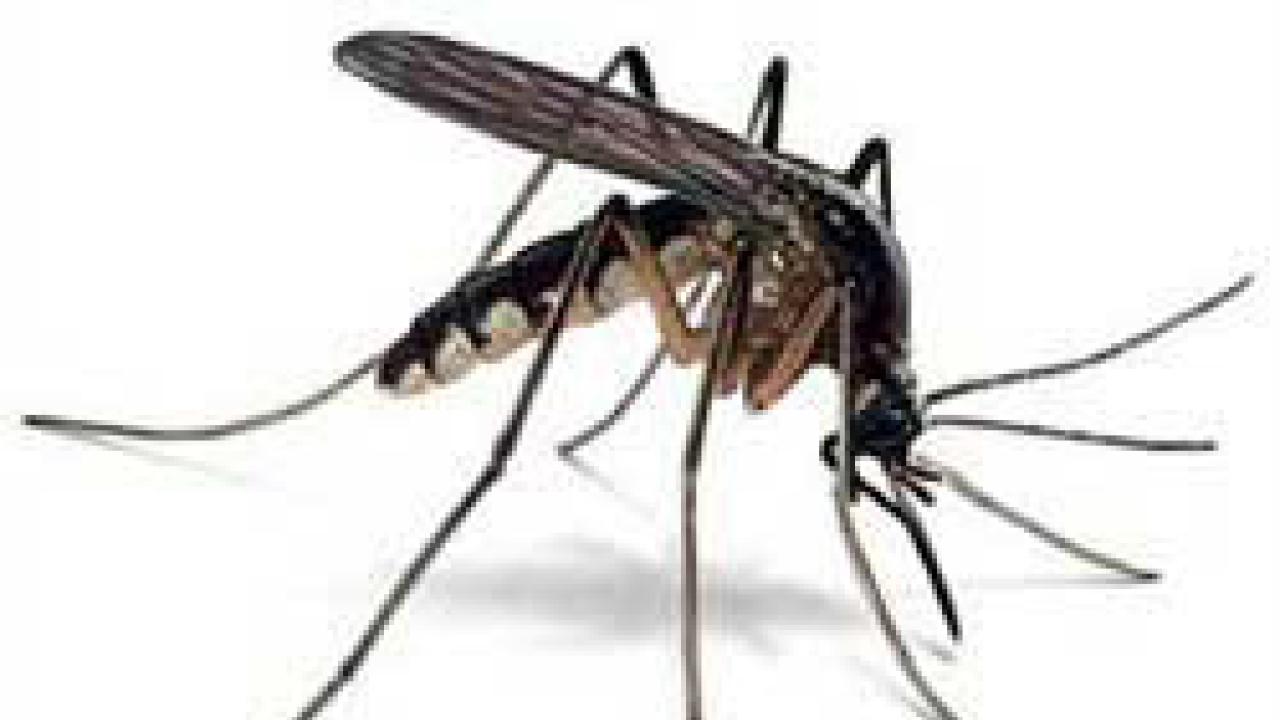
A study published 3 February 2014 in the Proceedings of the National Academy of Sciences comparing modeled future global malaria impacts finds that tropical highlands regions of Africa, Asia, and South America may experience heightened climate-change-related malaria risk. The extent of malaria transmission depends on some climatic factors, which impact both the distribution of malaria-carrying mosquitoes and the length of the season in which those mosquitoes are active. Future climate change may affect malaria transmission, leading researchers to model possible global health impacts.
ICTP scientists Adrian Tompkins and Felipe Colon-Gonzalez, along with international colleagues, compared five malaria impact models based on global climate projections in the 2030s, 2050s, and 2080s, and examined three metrics at global and regional scales: climate suitability for malaria transmission, additional population at risk for infection, and additional person-months at risk. The models consistently predicted a future malaria risk increase in the tropical highland regions of Africa, South America and Southeast Asia, however the models did not agree regarding malaria risk and changes in epidemic transmission in a number of other regions.
While the future increase in risk in tropical highlands regions appears robust, the authors argue that research is required to improve malaria impact models and reduce uncertainties in projections in other regions, such as improving the representation of socioeconomic factors involving land use and population change in the models.
The study is titled "Impact of climate change on global malaria distribution" (doi 10.1073, pnas.1302089111).
















